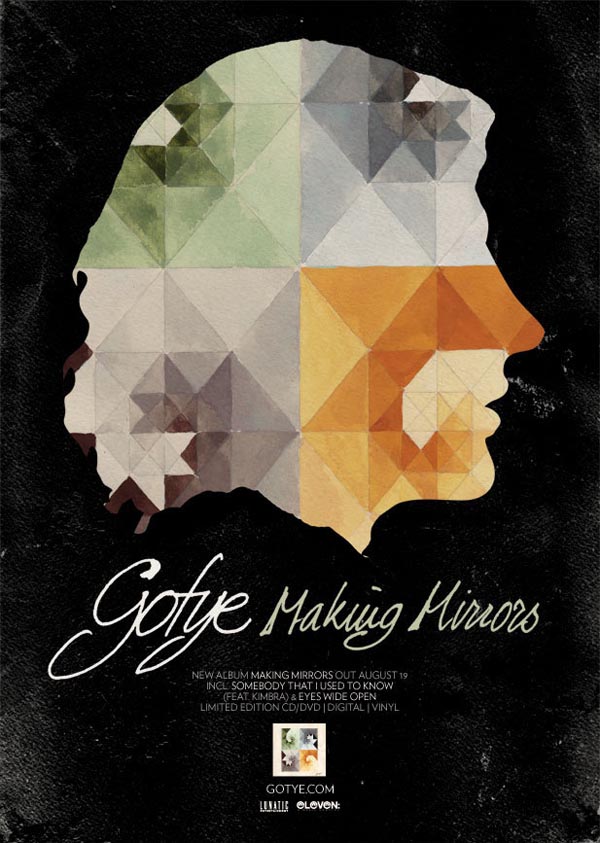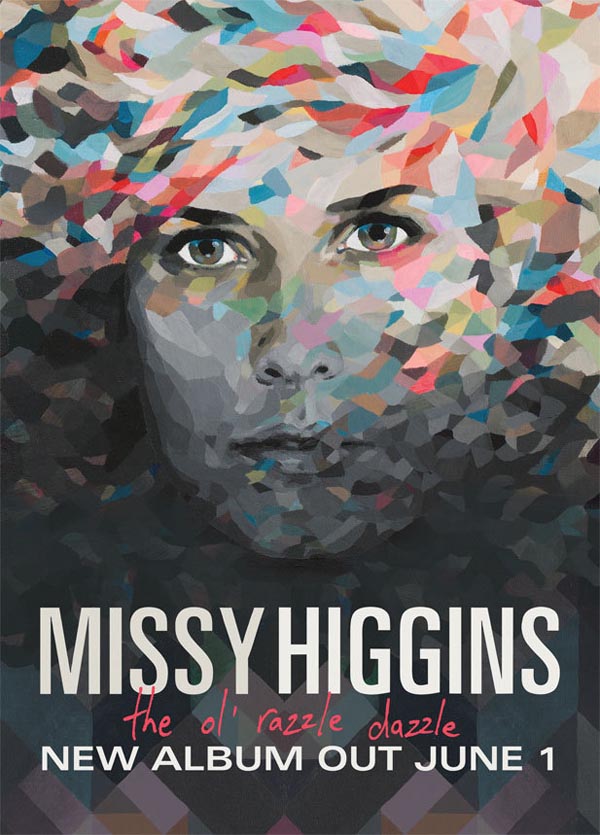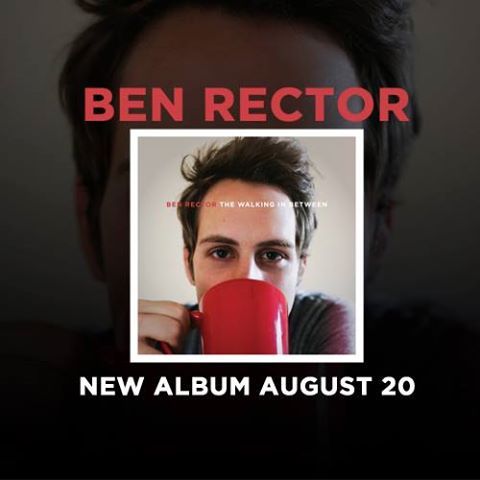1. Album Front Cover
 |
| Final Design |
After much trouble, displayed above is our final front cover design for the album artwork of "Heartwood". We initially started editing the images, thinking we'd just tweak them and insert the other layers, but after maximizing the contrast we decided the photo looked the most professional. After the lighting, highlights, shadows and contrast were adjusted, we increased the temperature of the image on Windows Photo Gallery as this was the easiest and most efficient option, to reflect the warm hues portrayed in our music video. Once adjusted, the image was inserted into Publisher where it was cropped and grouped using the "Group" tool to combine the different layers into a single image. Initially, we planned on using our custom designed Amanda font, but after experimenting with the layout the cover seemed too busy since both the Heartwood and the Amanda font are attention grabbing. What our final design does that the initial design doesn't is it has a natural, central point of focus. Whereas with the previous design, the eye is drawn to the album title as well as the artist name.
 |
| Initial design |
2. Album Back Cover
Once again, our initial plan was to use a different photo of Lorna displayed below. However we encountered the same problem- the image ended up being too busy once the text layers were added. As mentioned previously in our ancillary task research, often the front cover image is more busy than the back cover (excluding the typography), and having the planned photo of Lorna on the pathway wouldn't conform to this rule. Whilst looking through our photo shoot for the ancillary task, we came across the image above. The birdhouse seemed to fit in perfectly with the theme of nature, also reflecting the initial bird sounds on the first track of the album. The photograph also has a side-on focus, typical of the backs of album covers.In addition to this, we carefully selected the appropriate information an independent artist may have on the back of the album, whilst staying true to album conventions.
3. Album Inside Right
As it is still winter, we had difficulty finding a flower appropriate for our CD slot, and so we went for something slightly different- but still better than the original idea. The head band is still in-keeping with the idea of nature and trees, whilst simultaneously making a link to the key location in our music video. It is also, needless to say, circular much like inside CD slot images.
4. Album Inside Left
This image reflects the key location of our music video for the leading single, and also is the only image of our artist represented in a long shot. We thought, since it's important for Amanda to be seen somewhere on the album, and this is an aesthetically pleasing photo we'd use it for the inside cover. The focal point also didn't lend itself to a typical front or back cover. When analysing the results of the photo shoot, we thought this photograph lent itself better to a poster image and an inside album image. This way, there would be a link to both the music video and the album.
5. Album Poster
Sure enough, this photo works a lot better on the poster promotion of the album. We made sure that although we didn't have a large image of the album, all of the colours used for the background and the text were in-keeping with the colour scheme. There are various visual pointers to the album, such as the Heartwood font, the red, cream and brown colour scheme. We also included conventional album reviews from appropriate independent sources such as "Under The Radar magazine" as well as "Rolling Stone", which Amanda Rogers was reviewed in at some point in her meta-narrative. The links at the bottom of the poster were also chosen based upon the most common access points indicated on her website; Facebook, Amazon and her website. In the end we chose to use the custom font we created on the poster as we thought it was an important link to the music video and also represented Amanda's sound very well.




.jpg)
.jpg)
.jpg)
.jpg)
.jpg)
.jpg)
.jpg)
.jpg)
.jpg)
.jpg)
.jpg)
.jpg)
.jpg)
.jpg)
.jpg)
.jpg)
.jpg)
.jpg)
.jpg)
.jpg)
.jpg)
.jpg)
.jpg)






















 The artwork for this poster + album and that of Gotye's is very similar which is my reasoning for associating this artist's sound/genre with that of Gotye's. Coincidentally, these two musicians are from the same record company and share similarities in their music, but still differ greatly. The collage style artwork reflects the acoustic and percussion sounds of the album as well as fitting into a generic "indie" appearance much like Gotye. Both the album and poster contain limited information, the poster putting more emphasis on the release date than providing the viewers with access points.
The artwork for this poster + album and that of Gotye's is very similar which is my reasoning for associating this artist's sound/genre with that of Gotye's. Coincidentally, these two musicians are from the same record company and share similarities in their music, but still differ greatly. The collage style artwork reflects the acoustic and percussion sounds of the album as well as fitting into a generic "indie" appearance much like Gotye. Both the album and poster contain limited information, the poster putting more emphasis on the release date than providing the viewers with access points. 
